Most days, I rode my bike down Cedar Street over a small bridge crossing the Chemung River. It connected the cultural side of Corning, NY to the corporate district featuring one of the world’s most innovative Tech and Material Sciences companies, Corning, Inc., where I worked. On that ride, I would pass a bright red fire station thoughtfully positioned near the second-most popular tourist attraction in New York State, the Corning Museum of Glass, an undulating study in metal cladding and human flow. It was the Summer of 1991.
During the Fall I began seriously considering a return to graduate school to pursue further studies in graphic design. The discipline was undergoing wild change, exploring semiotics, grappling with post-modernist theory, and trying out the influence of Dutch Design. Cranbrook Academy of Art in Bloomfield Hills, Michigan was a hothouse of challenging, new design discourse including product semantics and semiotic communication theories. I saved money, bought (my first) plane ticket to Detroit, then drove up I-10 to I-24, took a right on Lone Pine Road, and stayed on campus for a 3-day visit. There is nothing else like Cranbrook in the United States. Funded by a Detroit newspaper mogul named George Gough Booth with a vision for community-oriented education, he patronized the Finnish architect Eliel Saarinen, who had just won second place in Chicago's Tribune Tower design competition, though he gained global notoriety for his inventive design. Saarinen, the father of his eventually-more-famous son Eero, envisioned a cohesive whole, a thoughtfully designed environment for Kindergarten through Post-Grad, right down to the silverware used in dining halls.
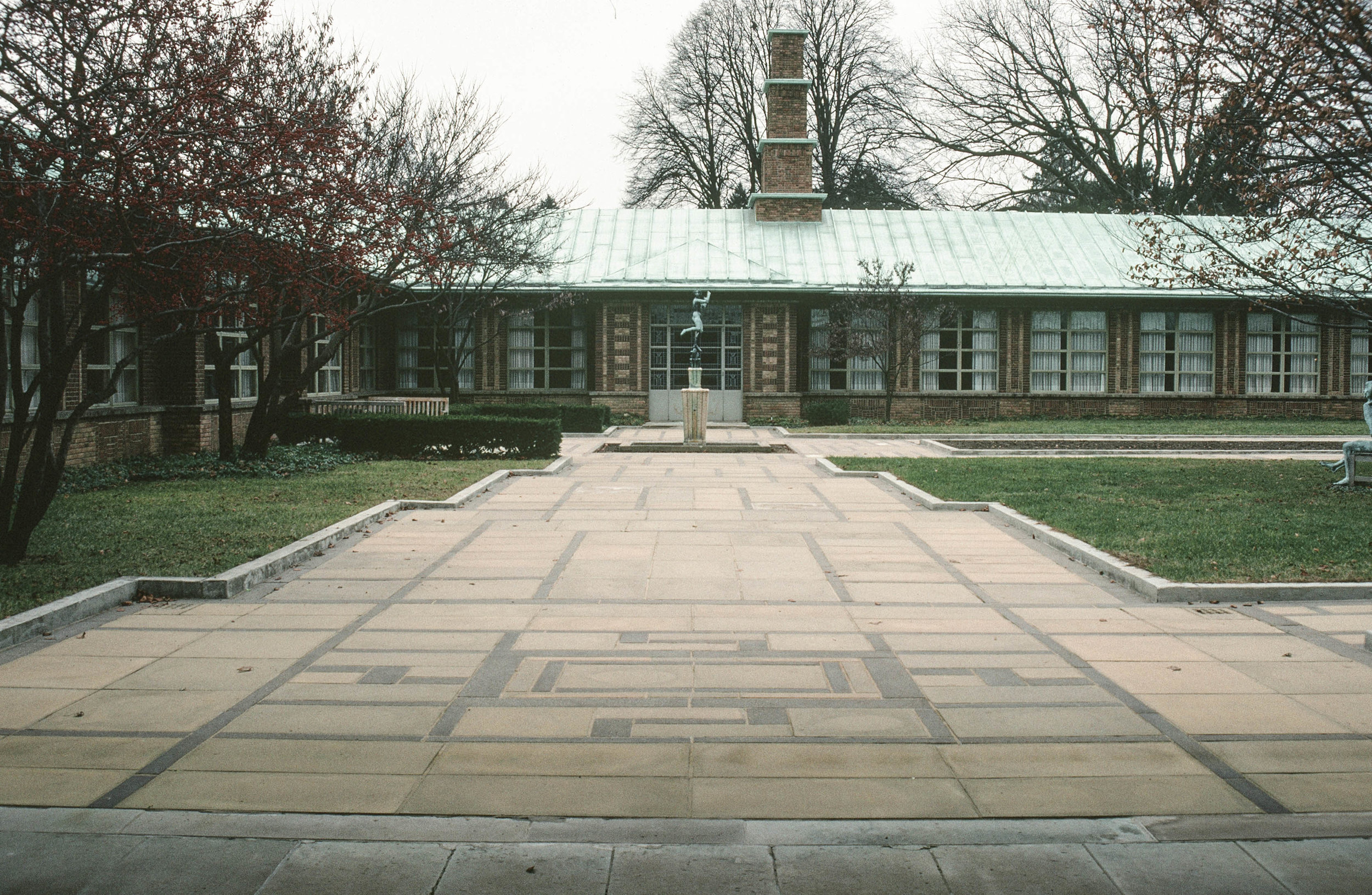
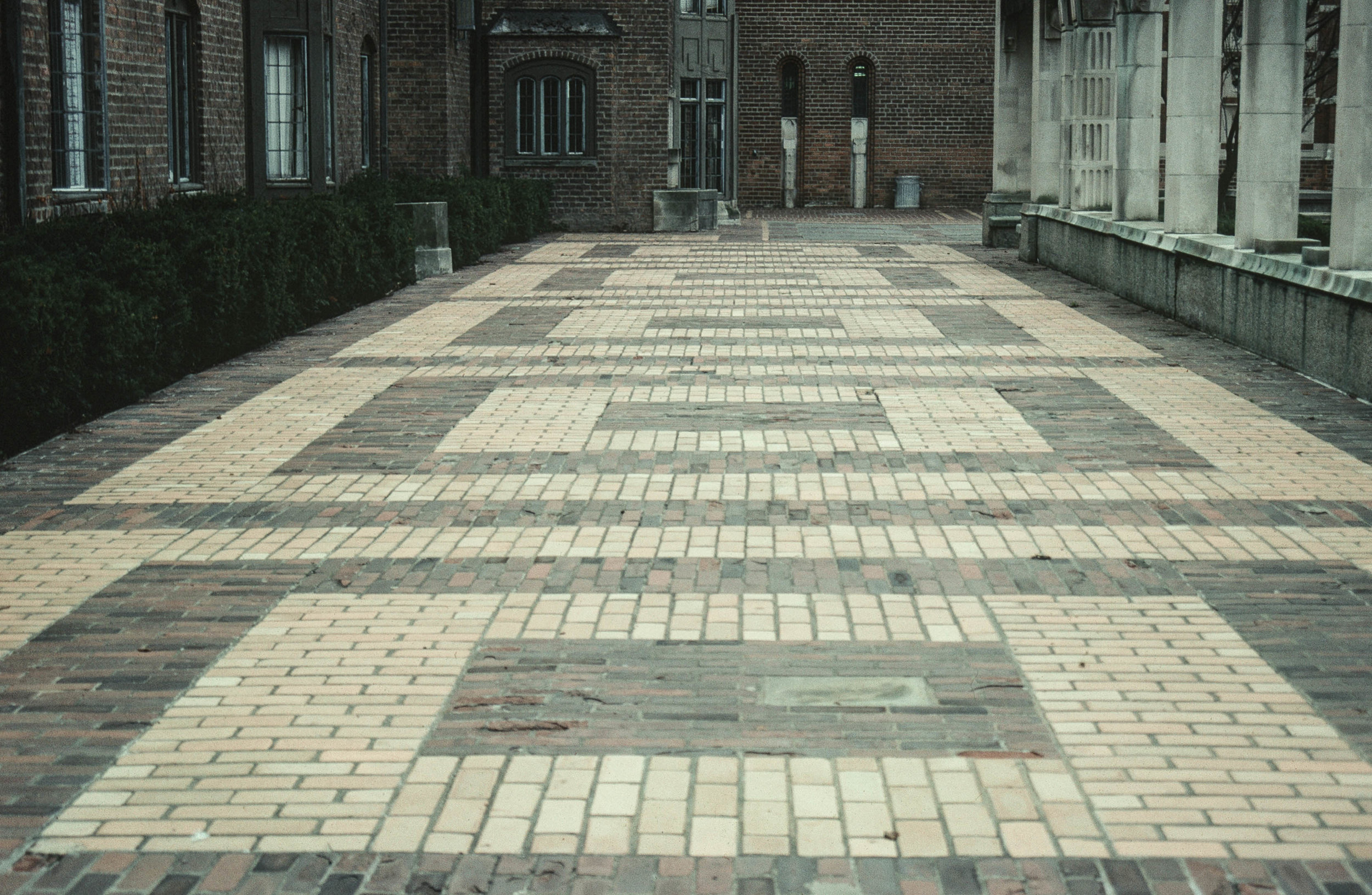
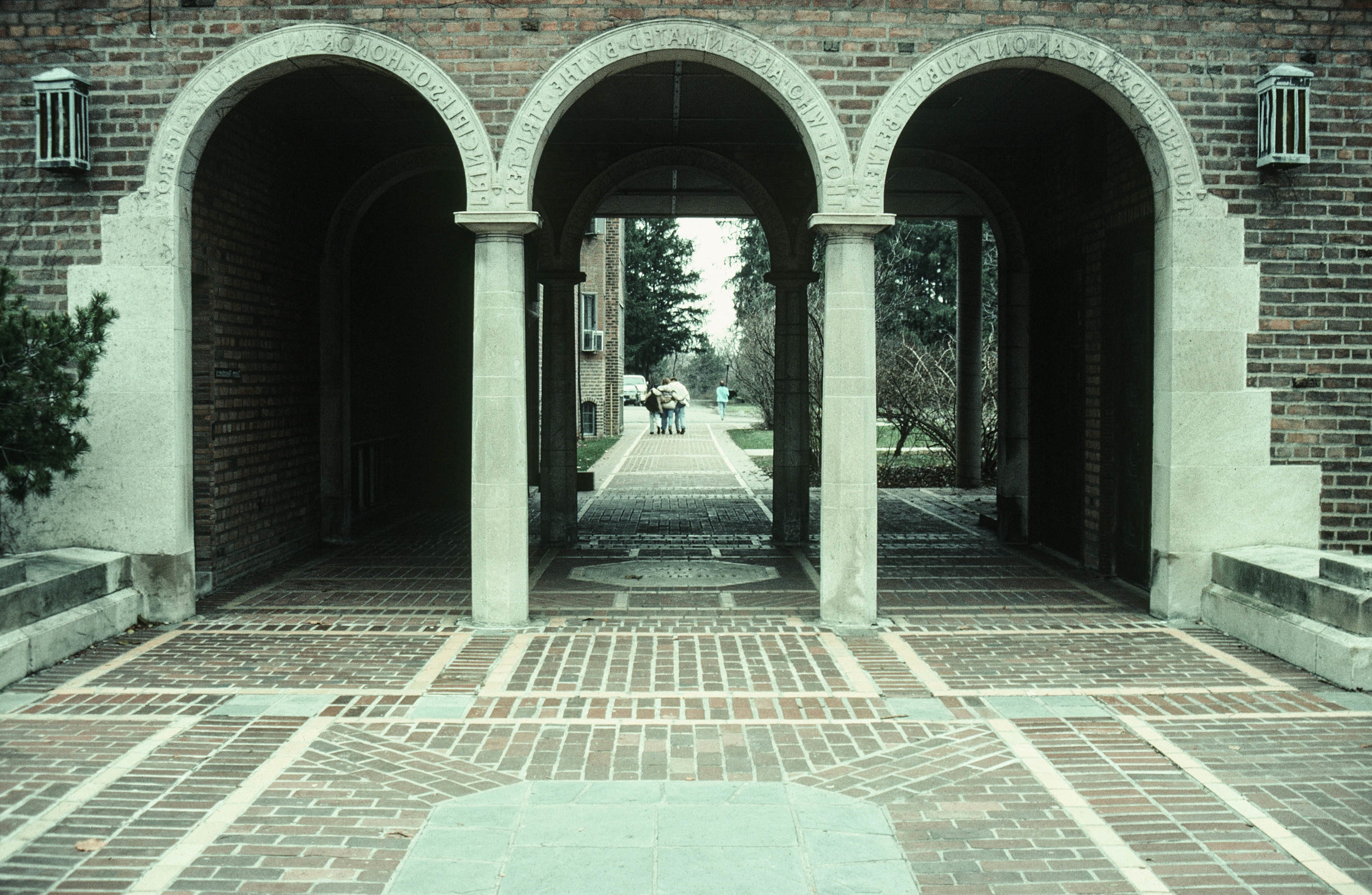
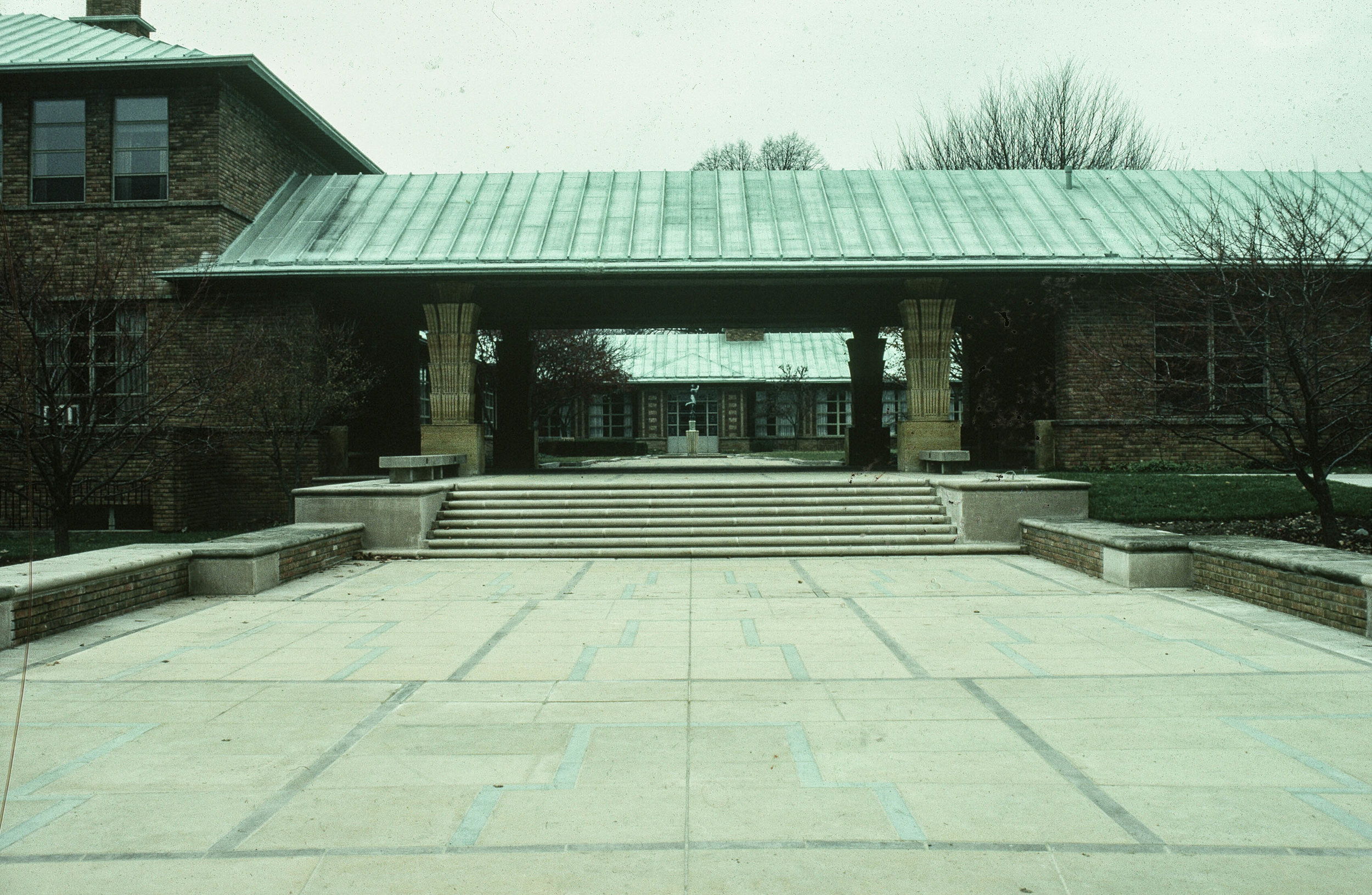


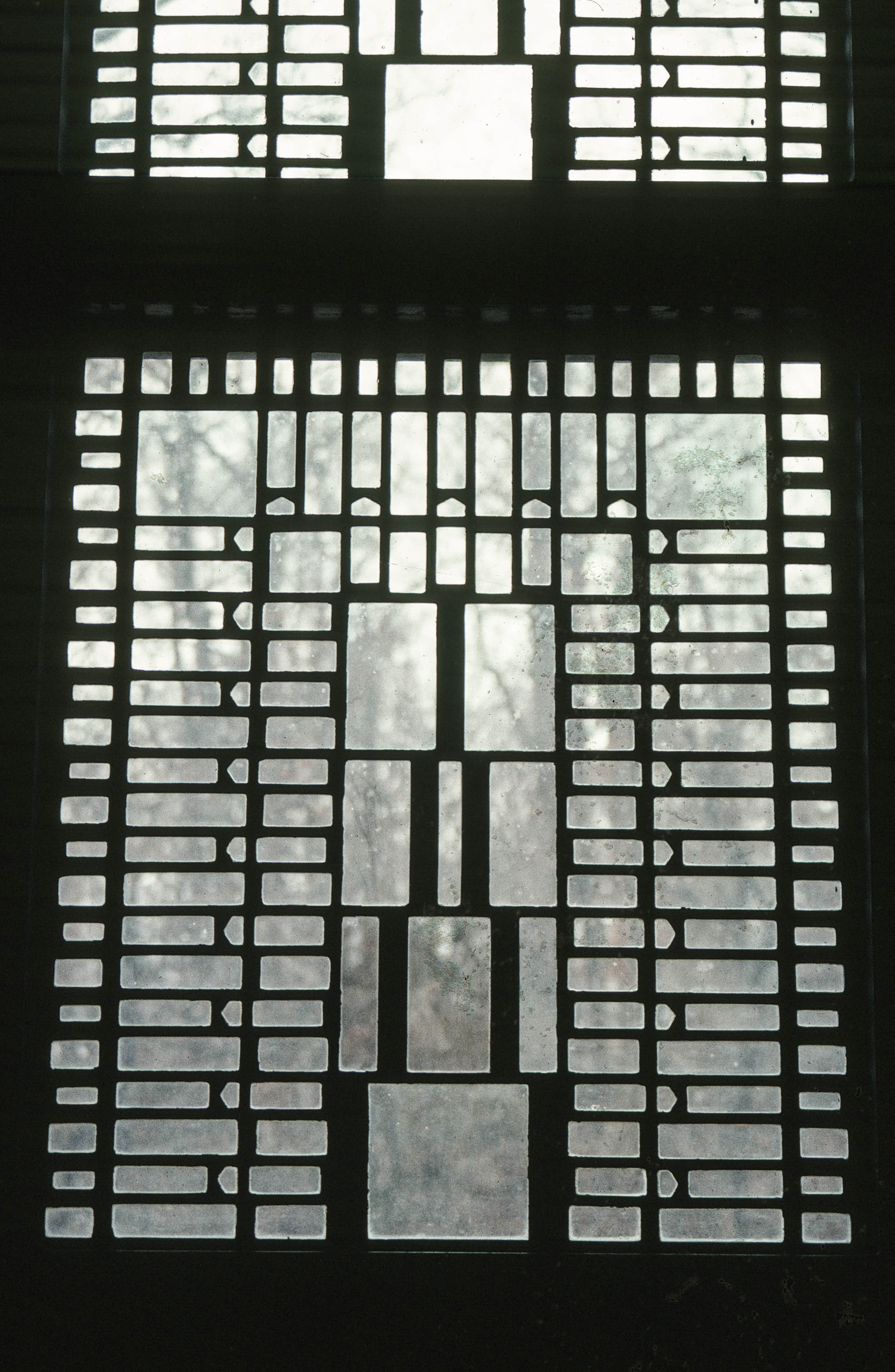
The alternate social and cultural reality of Cranbrook sits within the posh, old-Detroit money of Bloomfield Hills where Gunnar Birkerts, the Latvian architect of that bright red fire station and amorphous glass museum lived and worked. My curiosity about Birkerts, sparked in Corning, brought me to the footsteps of his door unannounced. He graciously answered and let me in, probably as flattered as I was nervous. I wasn’t a true fan of his work, but those two buildings were enough to peak my deeper interest in the man, and since I was there, well...
He was old. We had coffee. A crisp, white, small cup — probably why I prefer to drink from a similar style at home today. The coffee tasted sharp and bitter, many orders of magnitude better than what I had been drinking since starting the habit sometime in my mid-college years. His house and studio were white, small in scale. Down a staircase and into his basement, we talked about the Corning buildings, his meetings with the Houghton brothers whose family had led the company and town for many generations, and looked at scale models: cardboard sculpture studies of the glass museum, small to large, generally rough except for one that probably represented the most final version of the design. He spoke about the qualities of hot and cold glass as an inspiration. My recollection of the details remain fuzzy. But, the memory of being in the home studio of a famous architect, drinking his coffee, and studying his work in his presence has stuck with me. I often think about this moment when reflecting on the words of a college professor who once explained to me that a career in design was more of a lifestyle than a vocation. Birkerts’ environment said something about the man, the pride he took in his work, what he valued, and the way he lived. Now, I try to impart that ethic in my own home (and impose it on my family ;).
Twenty-five years ago I lived in a community that included two consciously designed environments that sent a message about their intent, meaning, and function. That experience led me to a deeper curiosity about the rationale behind the design, and the designer responsible for those ideas, setting in motion a personal process and a methodology for reflective practice — the continuous learning that is at the heart of designerly ways. My meeting with Gunnar Birkerts was one of the first steps.


